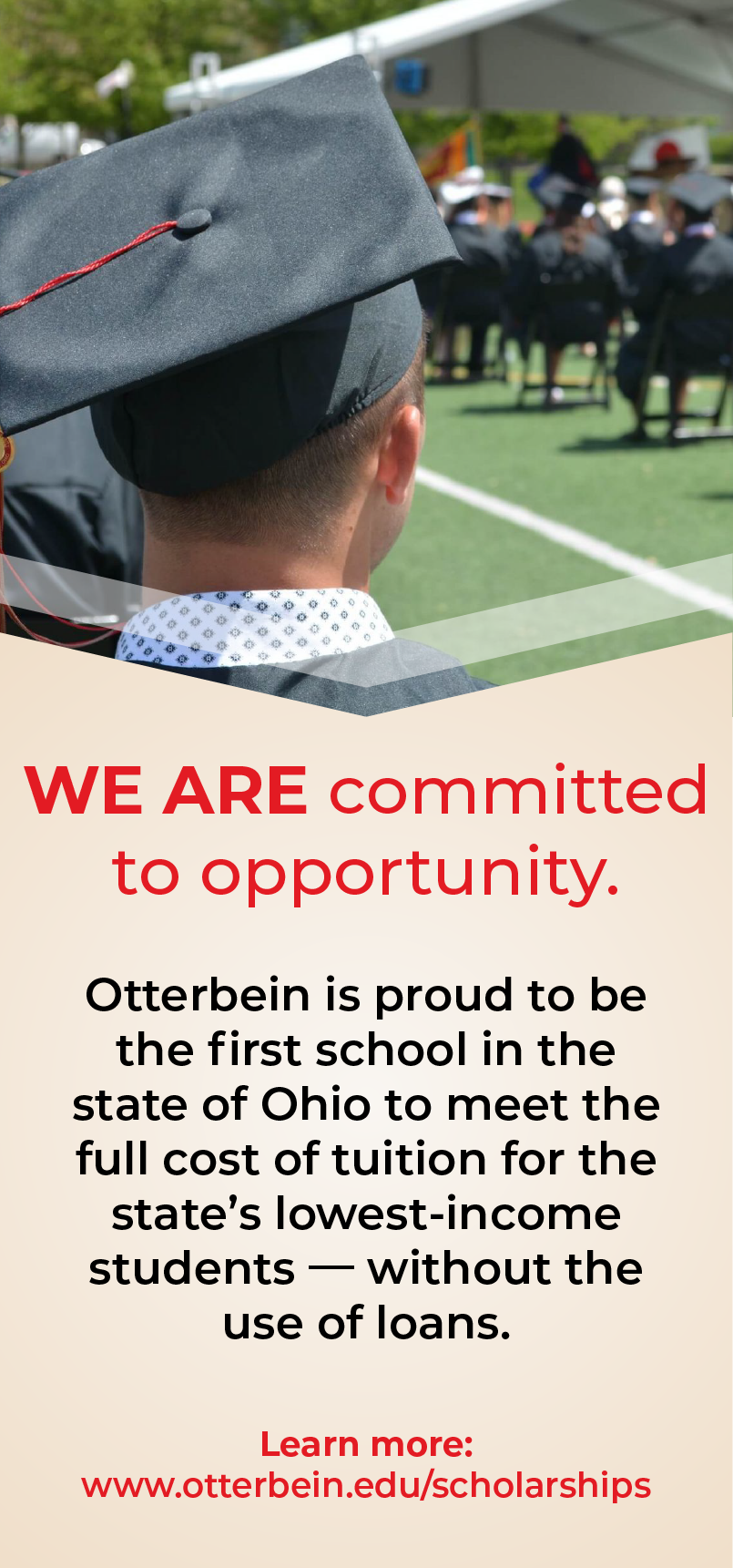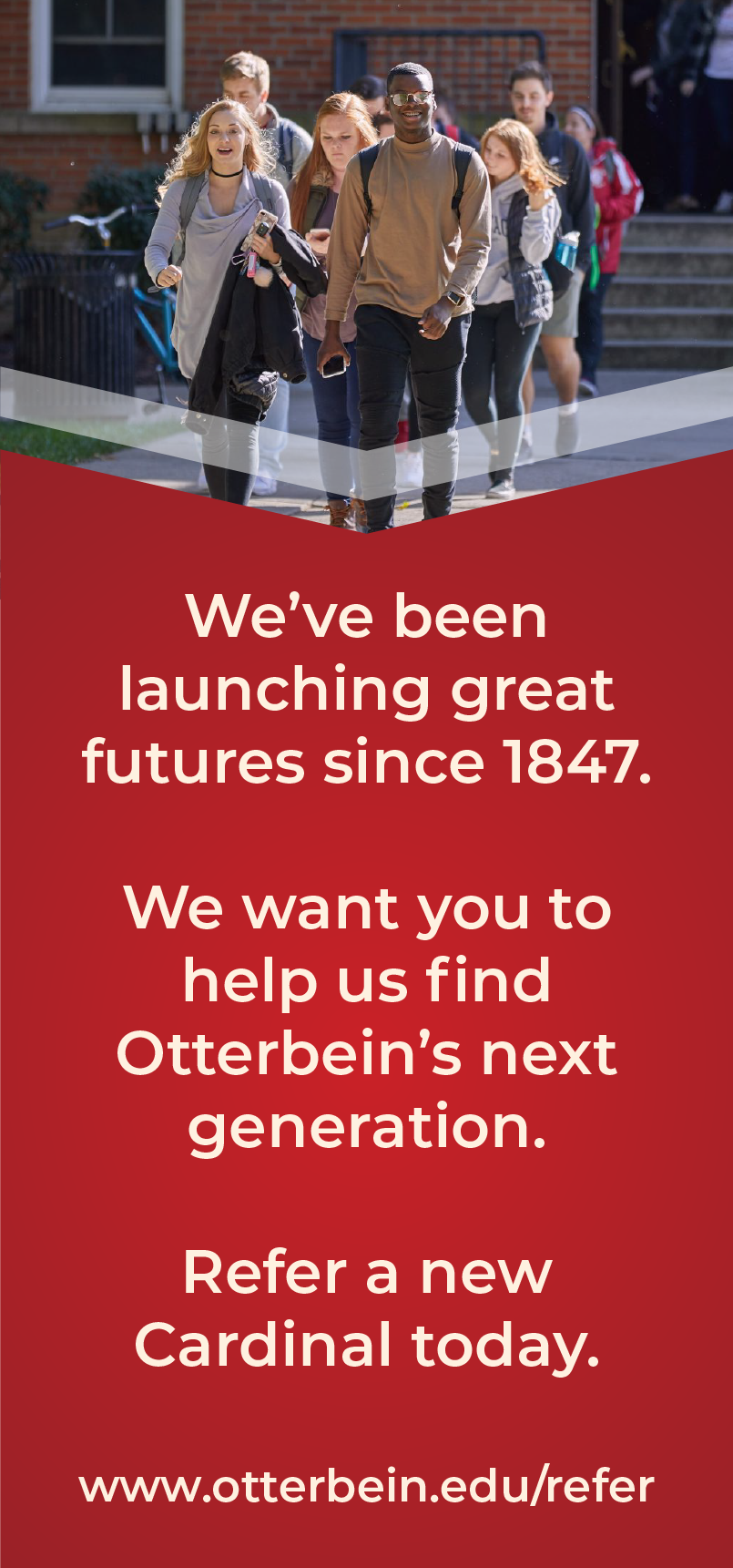Sabbaticals can be a powerful tool in a professor’s toolbox. These semester-long leaves from campus are far from a vacation; they are a chance for professors to focus on research and creative work, develop new courses or programs, and acquire additional professional credentials and skills. When professors return from sabbaticals, they bring fresh ideas and concepts to share with their students.
Patricia Frick, Professor, Department of English
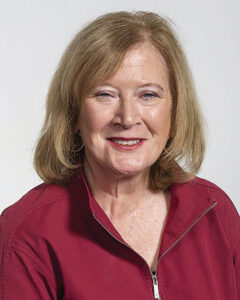
Frick’s spring 2021 sabbatical focused on 19th-century British women’s travel writings, particularly the travel chronicles of the proto-feminist and polymath, Maria Graham (1785-1842).
“I presented five scholarly papers on various aspects of Maria Graham’s travel journals at national and international conferences (virtually). I also created a new course for the English Department on Women’s travel writing entitled “Wanderlust,” which debuted in Spring 2023.”
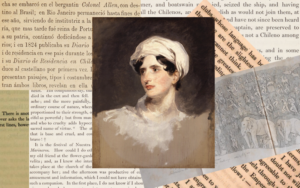 “Another very exciting but unexpected outcome of my sabbatical was an interdisciplinary project that I co-curated with Janice Glowski, director of the Frank Museum of Art and galleries. The project, Lands Real and Imagined, invited five contemporary women artists from each of the countries represented in Graham’s journals to respond to her writings through original works of art. My sabbatical research project and the exhibition made their debut in Otterbein’s Fisher Gallery in spring 2022. Then, to commemorate the 200-year anniversary of Graham’s arrival in Chile, we were invited to take the project to Chile in June 2023, where the exhibition was presented, along with gallery talks and my research, at three distinguished museums in Valparaiso: the Museo Baburizza, the Museo del Grabado, and the Art Collective Casaplan. Building on this success, we have been invited to India in December 2024 to share the exhibition in several locations throughout India.”
“Another very exciting but unexpected outcome of my sabbatical was an interdisciplinary project that I co-curated with Janice Glowski, director of the Frank Museum of Art and galleries. The project, Lands Real and Imagined, invited five contemporary women artists from each of the countries represented in Graham’s journals to respond to her writings through original works of art. My sabbatical research project and the exhibition made their debut in Otterbein’s Fisher Gallery in spring 2022. Then, to commemorate the 200-year anniversary of Graham’s arrival in Chile, we were invited to take the project to Chile in June 2023, where the exhibition was presented, along with gallery talks and my research, at three distinguished museums in Valparaiso: the Museo Baburizza, the Museo del Grabado, and the Art Collective Casaplan. Building on this success, we have been invited to India in December 2024 to share the exhibition in several locations throughout India.”
“I think sabbaticals help our students understand the excitement underlying good research and why faculty love what we do. When we can share our passion for learning with them, it really makes a classroom sing! I feel so fortunate to have had the opportunity to “travel” with Maria Graham during the pandemic.”
See more at https://otterbein.libguides.com/doors21.
What was the focus of your sabbatical?
Because of the pandemic, the primary focus of my sabbatical became 19th-century British women’s travel writings, including their letters, diaries, and published journals. In particular, my research was inspired by the travel chronicles of the proto-feminist and polymath, Maria Graham (1785-1842). Graham stood out among her peers for several reasons. First, she was an interdisciplinary thinker and writer, who demonstrated within her travel memoirs a command of subjects normally associated with male domains of knowledge, for example history, geology, botany, politics, and naval trading routes. She also was an accomplished artist, whose engravings enhanced her verbal descriptions of the lands, peoples, and places she visited. But perhaps her most impressive accomplishment was the publication of her four travel journals of India, Italy, Brazil, and Chile, as well as a comprehensive history of Spain. Such a rich and successful publication history was most unusual for any woman of her time. And her journals of South America were among the first female-authored narratives of that unexplored continent.
What inspired the idea?
I love to travel, and women’s travel writings have always raised intriguing questions for me. Throughout history, why have women traveled? As they experienced new worlds and cultures, what drew their attention and how did their “gaze” differ from that of male travelers? What challenges did women face in the publication and reception of their travel journals and what narrative strategies did they devise to navigate these challenges? Are women’s travel writings now different from the narratives of women like Maria Graham or do we see any common threads?
What resulted from your sabbatical?
My sabbatical research resulted in several positive outcomes. I presented five scholarly papers on various aspects of Maria Graham’s travel journals at national and international conferences (virtually). I also created a new course for the English Department on Women’s Travel Writing entitled “Wanderlust,” which debuted in Spring 2023 and will be offered again in Spring 2024.
Another very exciting but unexpected outcome of my sabbatical was an interdisciplinary project that I co-curated with Art Historian Janice Glowski, director of the Frank Museum of Art and Otterbein’s galleries and collections. The project, Lands Real and Imagined, invited five contemporary women artists from each of the countries represented in Graham’s journals to respond to her writings through original works of art. In doing so, they generated new conversations about Graham, identified important intersections between travel and gender, and revealed the transformative power of travel itself.
My sabbatical research project and the exhibition made their debut in Otterbein’s Fisher Gallery in spring 2022. Then, to commemorate the 200-year anniversary of Graham’s arrival in Chile, we were invited to take the project to Chile in June 2023, where the exhibition was presented, along with gallery talks and my research, at three distinguished museums in Valparaiso: the Museo Baburizza, the Museo del Grabado, and the Art Collective Casaplan. Building on this success, we have been invited to India in December 2024 to share the exhibition and to participate in a scholarly colloquium on Maria Graham and travel writing through Artshila, a center for sharing immersive, educational experiences in art and literature in several locations throughout India.
Why are faculty sabbaticals important for the students’ educational experience?
I think sabbaticals help our students understand the excitement underlying good research and why faculty love what we do. When we can share our passion for learning with them, it really makes a classroom sing! I feel so fortunate to have had the opportunity to “travel” with Maria Graham during the pandemic. Her courage, curiosity, and interest in other lands inspired me during this very difficult time and expanded my sense of what a woman can achieve.
Grace McDaniel, Assistant Professor, Department of Education
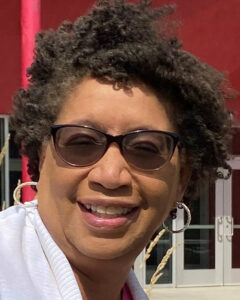
McDaniel’s spring 2022 sabbatical focused on research and scholarly activities aimed at implementing a culturally responsive teaching framework in teacher education. As part of her work, she developed and co-facilitated educators of color teacher candidate networks across the state of Ohio.
“I was able to pull from my research findings to create prompts, activities, and readings to facilitate the Teachers of Color Statewide Network. Otterbein education candidates of color have an opportunity to engage with other students, administrators, and educators across the state of Ohio.”
“There is a direct correlation between my revised syllabus and how I have incorporated culturally responsive approaches that meet the needs of my diverse students. Revising course readings, addressing cultural needs, supporting student stories, and allowing space for healing are just a few of the approaches that have been highlighted in my courses.”
What was the focus of your sabbatical?
Stories, Perspectives, and Representation: Implementing a Culturally Responsive Teaching Framework in Teacher Education
What inspired the idea?
In Education, we focus on culturally responsive teaching practices for students in PreK-12th grade. Current initiatives in Education have called for an increase in diverse teachers in the classroom. Teacher Education has responded by offering many pathways to teaching for future educators, specifically addressing diversity.
What work did you do while on sabbatical?
During my sabbatical I was able to engage in research and scholarly activities:
- Read current research on culturally responsive practices and teacher education.
- Reviewed best practices and Culturally Responsive Teaching Rubrics.
- Conducted interviews with teacher education faculty from diverse backgrounds and disciplines at Otterbein, OSU, and Texas A&M).
- Developed and co-facilitated educators of color teacher candidate networks across the state of Ohio.
- Interviewed practicing teachers and school administrators, including Otterbein alumni.
What resulted from your sabbatical? Did your sabbatical lead to anything unexpected or exciting?
I identified some themes from my research:
- Faculty who are well-versed, experienced, and engaged in culturally responsive teaching continue to grapple making culturally responsive teaching transparent in their courses/syllabi when it comes to being responsive to teacher educators.
- Faculty are engaged in culturally responsive teaching work.
- Students continue to feel isolated and lack representation in their coursework.
- Addressing racial trauma, the healing process (student stories) is central to our work AND the success of future educators of color.
As a result of my research, I am developing a Culturally Responsive Teaching Professional Learning Community for teacher education faculty. We will take a look at:
- Session 1: Who are our teacher education candidates of color?
- Session 2: Article Discussion – If You Listen, We Will Stay: Why Teachers of Color Leave and How to Disrupt Teacher Turnover.
- Session 3: Syllabus revisions and a review of the “revised” Culturally Responsive Teaching Rubric for Teacher Education.
Why are faculty sabbaticals important for the students’ educational experience?
It is imperative that faculty have an opportunity to deeply engage in research and scholarly activities. Sabbaticals also afford faculty the opportunity to rejuvenate and reflect on their work resulting in a fresh perspective that benefits students.
How did your sabbatical work benefit students?
Through the Teachers of Color Statewide Network, we are able to address the needs of educators in a culturally responsive virtual learning environment. I was able to pull from my research findings to create prompts, activities, and readings to facilitate the network. Otterbein education candidates of color have an opportunity to engage with other students/administrators and educators across the state of Ohio. There is a direct correlation between my revised syllabus and how I have incorporated culturally responsive approaches that meet the needs of my diverse students. Revising course readings, addressing cultural needs, supporting student stories, and allowing space for healing are just a few of the approaches that have been highlighted in my courses.
Michael Hoggarth, Professor, Department of Biology and Earth Science
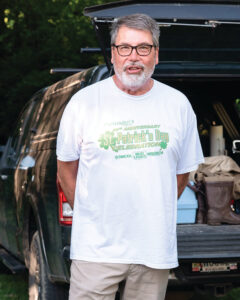
For his fall 2023 sabbatical, Hoggarth researched ecology and life history of freshwater mussels and water resource integrity (water quality, aquatic habitat quality, and biodiversity).
I have been re-sampling mussel communities in Ohio’s Scenic Rivers that were originally sampled 30-40 years ago by myself and colleagues. Over the past several years, my students and I have sampled the mussel communities of the Little Miami River and the Olentangy River. The Stillwater River and Greenville Creek were only systematically sampled once before (over 25 years prior) by my colleague who had recently passed away, and I wanted to honor his initial survey and see if the dismal report he gave remained. The mussel fauna in both Greenville Creek and the Stillwater River is amazing today with increased number of individuals, expanding biodiversity, and the occurrence of rare species. A paper describing the remarkable comeback has been submitted and is in review.
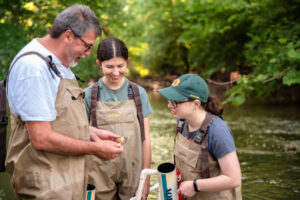
Over the years I have used what I gained from my sabbaticals to inform my own teaching and to provide examples of a point I was trying to make in lecture or lab. I have included numerous students as research assistants working with me on projects that were either part of the sabbatical or resulted from work done on a sabbatical. Some of these students were co-authors on papers and/or abstracts given at scientific conferences. All of them gained experiences they would never have gotten from a textbook. And I am just one faculty member who does this at Otterbein. It is an enriching experience for the faculty and for our entire community.
What was the focus of your sabbatical?
My research has been centered on the ecology and life history of freshwater mussels and water resource integrity (what some might call water quality, but also includes aquatic habitat quality, and biodiversity). Also, as part of the context for my answer, I have been re-sampling mussel communities in Ohio’s Scenic Rivers that were originally sampled 30-40 years ago by myself and colleagues: over the past several years, my students and I have sampled the mussel communities of the Little Miami River, the Olentangy River, and while on sabbatical this past fall, the Stillwater River. The next two years we will complete a study of the mussels of the Darby Creek system. As one might imagine, I have gained a great deal of insight into the status and ecology of the freshwater mussels of Ohio. In 2009 two colleagues at OSU and I wrote the book, The Freshwater Mussels of Ohio.
My sabbatical this past fall had the dual focus of writing A Naturalists Guide to the Freshwater Mussels of Ohio (Ohio Biological Survey) and completing a survey of the mussels of the Stillwater River and Greenville Creek. A paper describing the remarkable comeback of the mussel community of these two Ohio Scenic Rivers has been submitted and is in review.
What inspired the idea?
To be honest, the plan for the sabbatical was to write the book, which will be the fourth in the series. However, Ohio Biological Survey (OBS) is currently trying to finalize the current book in the series, A Naturalist’s Guide to the Odonates (dragonflies and damselflies) of Ohio, and did not have time to work with me on the mussel book. I have completed all but the species accounts and have had positive feedback from OBS. As soon as they finalize the Odonate book we will begin the mussel book to hopefully have it available by March 2025. The inspiration for the book was two-fold: 1) I was asked to write it by the Ohio Department of Natural Resources, Division of Wildlife, who is funding the series, and 2) I have the expertise and experience to write the book.
The mussel survey of the Stillwater River and Greenville Creek was the next stream that ODNR-Division of Natural Areas and Preserves, Scenic Rivers Program wanted me to study and as it was only systematically sampled once before (over 25 years prior) by my colleague and co-author of The Freshwater Mussels of Ohio, who had recently passed away, I wanted to honor his initial survey and see if the dismal report he gave of the mussel fauna of the system remained. As noted above, the mussel fauna in both Greenville Creek and the Stillwater River is amazing today with increased number of individuals, expanding biodiversity, and the occurrence of rare species.
What work did you do while on sabbatical?
Essentially I spent quite a number of hours sitting in my study at home and my office at the OSU Museum of Biological Diversity, Mollusk Division writing and 20 days or so canoeing down the Stillwater or gaining access to the river and creek at bridges and parks to survey the mussels. After completion of the fieldwork, I completed the report of the study and submitted it to Scenic Rivers and wrote the paper.
What resulted from your sabbatical? Did your sabbatical lead to anything unexpected or exciting?
I would say the surprising thing that came from my sabbatical was the documentation of the recovery of an animal fauna to a river: generally, we find the opposite.
Why are faculty sabbaticals important for the students’ educational experience?
A few students get the opportunity to work with me in the field, do independent research projects with me and colleagues from ODNR, OSU, and others, and get paid. All of the work I do for ODNR, U.S. Fish and Wildlife Service, etc., is grant-supported with stipends for students. All students, however, benefit from the new insights gained from the research faculty do and their passion for their work.
Is there anything you’d like to add?
This past sabbatical is my last; I will be retiring in May 2025. Over the years I have used what I gained from my sabbaticals to inform my own teaching and to provide examples of a point I was trying to make in lecture or lab. I have included numerous students as research assistants working with me on projects that were either part of the sabbatical or resulted from work done on a sabbatical. Some of these students were co-authors on papers and/or abstracts given at scientific conferences. All of them gained experiences they would never have gotten from a textbook. And I am just one faculty member who does this at Otterbein. It is an enriching experience for the faculty and for our entire community.
Michael Hudoba, Associate Professor and Chair, Department of Engineering, Computer Science, and Physics

In fall 2023, Hudoba began the development of a prep course for the Fundamentals of Engineering (FE) exam to be offered over summer to Engineering graduates in central Ohio. The FE exam is the first step engineering graduates can take towards earning their Professional Engineer license.
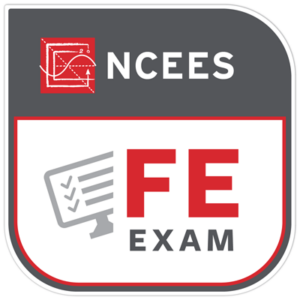
There are no longer any in-person prep courses for the FE exam offered locally. There are a lot of online options available, but the pandemic taught us that many students prefer the in-person learning experience. I thought this would be a great benefit for our Engineering students interested in taking the exam and help expand the reach and grow the reputation of Otterbein Engineering.
One unexpected outcome was that it gave me an opportunity to re-examine the content of my Otterbein Engineering courses. The FE exam is basically a collection of the expected knowledge of an engineering graduate. Studying those expectations has afforded me the opportunity to adjust my classes — adding content in some areas, removing in others.
What was the focus of your sabbatical?
Development of a Fundamentals of Engineering (FE) exam prep course offered over summer to engineering graduates in the central-Ohio area. The FE exam is the first step engineering graduates can take towards earning their Professional Engineer license.
What inspired the idea?
Once we earned accreditation for our Engineering programs, our graduates became eligible to take the FE exam. One of my old professors at Ohio State shared with me that there are no longer any in-person prep courses for the FE exam offered locally. There are a lot of online options available, but the pandemic taught us that many students prefer the in-person learning experience. I thought this would be a great benefit for our Engineering students interested in taking the exam and help expand the reach and grow the reputation of Otterbein Engineering.
What work did you do while on sabbatical?
My work was two-fold: Going through other company study preps (online courses, self-paced textbooks, etc.) to learn how the material was taught by a variety of different groups, as well as to develop and prepare the content for my own course. I am still working on my sabbatical spring semester 2024. The Otterbein MBA Program’s capstone course is helping to develop a business plan for the course I will plan to offer, called FEasy.
What resulted from your sabbatical? Did your sabbatical lead to anything unexpected or exciting?
I have created an FE exam prep course that I hope to offer as early as this summer to both Otterbein and non-Otterbein engineering graduates. One unexpected outcome was that it gave me an opportunity to reexamine the content of my Otterbein Engineering courses. The FE exam is basically a collection of the expected knowledge of an engineering graduate. Studying those expectations has afforded me the opportunity to adjust my classes, adding content in some areas, removing in others, etc., based on the expectations of the exam.
Why are faculty sabbaticals important for the students’ educational experience?
Many faculty members commit their sabbatical time to research in their field of expertise, which is slightly different from the goal of my sabbatical. However, I think that sabbaticals provide the opportunity for faculty to stay involved and up to date in their areas, whether it is teaching- or research-focused, keeping their knowledge and classroom content fresh and relevant. Sabbaticals can provide insight and ideas on new ways to teach a subject, new knowledge in a subject area, etc.
How did/will your sabbatical work benefit students?
I will be able to offer an in-person prep course for Engineering students interested in taking the FE exam after graduation. I also hope that non-Otterbein engineering students will take the course, which will hopefully expand our reach and improve the reputation of our excellent Engineering Program.

